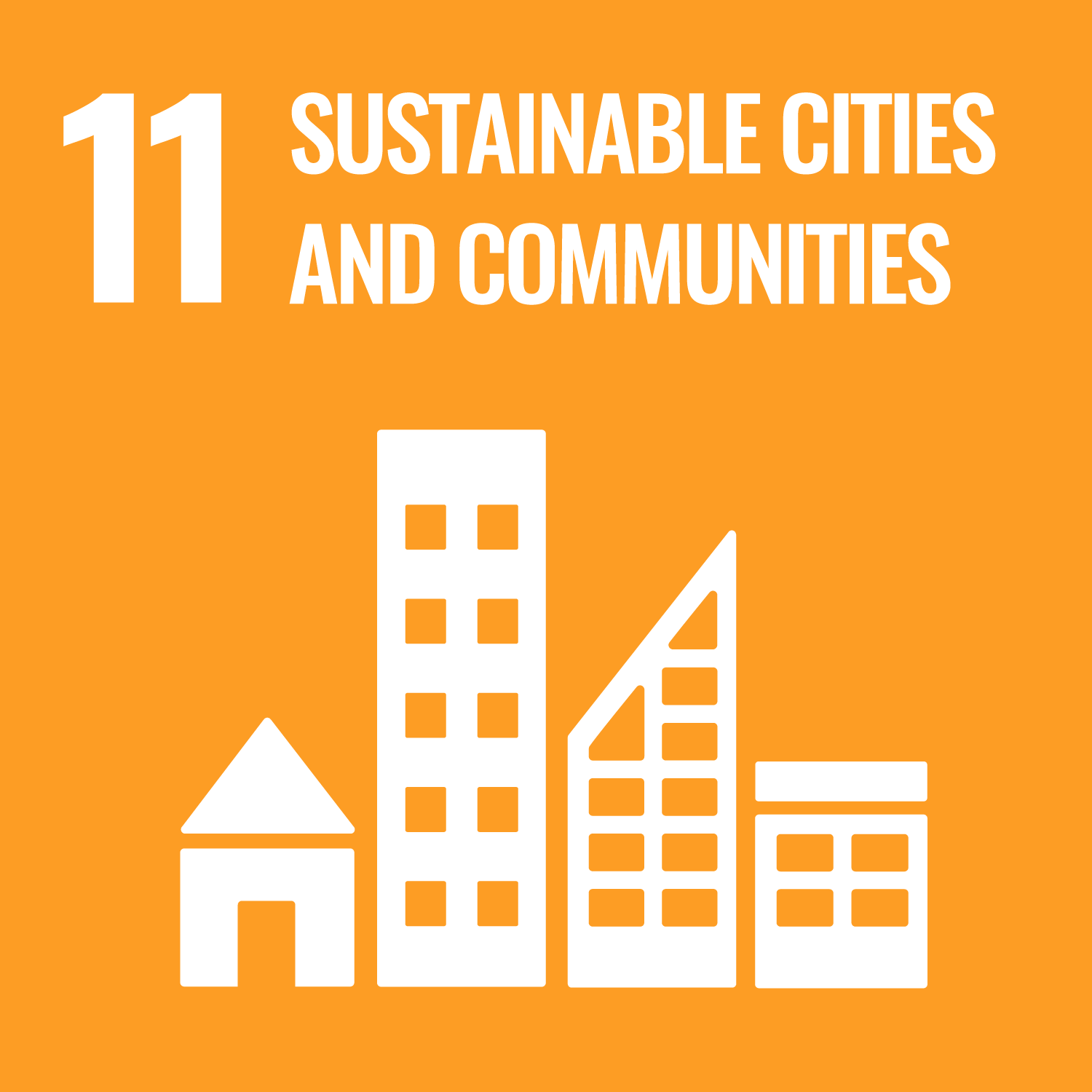Eye in the Sky Keeps Bridges Safe
You can search for courses, events, people, and anything else.
The growth spurt of Australia’s largest cities shows no sign of slowing. By 2036, the NSW state government predicts that almost 1.75 million new residents will call Greater Sydney home — an unprecedented expansion rate for the city.
Housing all these people is a daunting challenge, but the construction industry could make use of new methods that might help. Although it may be a while off, there are early signs that tradespeople could soon be joined on site by robot assistants, able to take on some of the heavy lifting of building new homes. Allocating robots some of the more mundane and repetitive tasks of house building, as well as some of the more dangerous roles, would boost safety and productivity.
To help facilitate the adoption of robots as the latest tool on building sites, the New South Wales Government’s land and property development organisation, Landcom, sponsored CoBuilt 4.0, a project to bring together researchers from across Sydney to develop collaborative robots to work with tradespeople to help meet the state’s housing goals.
“Sometimes when you bring universities together, it’s just a really good fit,” says Professor Kerry London, Dean of the School of Built Environment, who is leading Western Sydney University’s contribution to the project. The University of Sydney and UNSW Sydney researchers are developing the robot technology. “Our role is to mobilise the connection to industry and to investigate adoption barriers and enablers,” London says.
London and her Western colleagues, including Dr Yingbin Feng and Dr Karyne Ang, investigated the human side of the equation. “I have expertise in adoption of new technologies in the construction industry and have completed nationally funded research studies over the past 15 years on all manner of innovations,” London says. “One of the greatest challenges, and the biggest opportunities, revolves around people embracing the change”, she says. “For me, it has always been about the people.”
London began her career as an architect before moving into capital works project management with the Northern Territory government. There, she experienced first-hand the interactions between government organisations and the construction industry, which are especially nuanced at times of change — whether it be new ways to fund major projects, such as the development of public-private partnerships; or new technologies, such as the move toward off-site manufacturing as a method of building construction. “Government can play a role as a major client, as a regulator, and also as an influencer,” London says.
Understanding of the way government could encourage positive change in the industry was limited, which, in 2002, led London to another career shift. “I went into academia, to do my PhD at Melbourne University, to investigate the underlying structure and behaviour of the construction industry, specifically to enact transformative change.”
London made case studies of six major projects ongoing at the time, including Melbourne’s Federation Square, to map the supply chains and to establish what the power structure of each chain looked like. Power might lie in the hands of major multinationals through their sheer volume of purchase, or with small or medium companies that are one of a few suppliers of a particular aspect of the build or who are extremely skilled in their particular field, London explains. Understanding construction industry supply chains by mapping power structures has informed everything she has done since. “How do we understand the power structure to mobilise the introduction of something like collaborative robotics?”
First, the team looked at any research already carried out into the potential of construction robotics. “The most interesting trend, which shaped our work, was that the old idea of robots coming on site and replacing most or all the people, and the whole site being highly automated, although enticing for safety reasons, has never taken off.”
Need to know
- Sydney’s expansion shows no sign of slowing.
- Robots could help the construction industry keep up with demand for housing.
- Western researchers are investigating the industry’s adoption of this technology.
A far more realistic picture, she says, involves collaborative robots taking over specific tasks that people don’t want to do. Mundane and repetitive tasks such as laying a straight row of bricks at ground floor level, or high-risk tasks such as constructing a roof, would be particularly suited to robotics, leaving people to do the more interesting, problem-solving, creative tasks in a safer environment.
Starting the discussion with the construction industry was the next step. “We did two really significant workshops, primarily with contractors, just trying to identify what they thought would be the challenges, and areas where they thought this might be a great idea.”
The team then conducted the second focus group interview with sub-contractors. Some tradespeople could immediately see potential benefits. “You could have it set up with voice recognition, so you could yell out a number and it would be able to cut this timber for you,” said one carpenter from a major construction company. “It would be useful for timber pre-cutting, and for passing timber for someone in the roof, so that you don’t need the ladder. In the session the ideas really began to flow.”
As with any disruptive new technology, there were legitimate concerns, including the costs and complexities of training people to use the new machines, and worry over needing to be ‘computer smart’ to operate them. Discussing potential training modes was a key part of the workshops.
Ultimately, says London, there will be a whole range of mindsets, and understanding how to navigate that to help drive the change is where the supply chain structure comes in. Contractors in comfortable ‘power positions’ are probably not going to move until the technology becomes an industry norm. The early adopters are likely to be contractors in highly competitive parts of the supply chain seeking a commercial advantage over rivals, who see the market opportunity and invest in the technology.
“As researchers, when we look at innovative technologies we imagine possible scenarios - and then we open up discussion,” London says. “Sometimes”, she says, “people take the innovation in a direction you never foresaw.”
“One contractor, who builds high-rise residential apartments, said one repetitive task that really takes up time is doing inspections in each room,” London says. “He got pretty excited trying to work out how he could use robots to do these inspections to free up people for many other tasks,” she says.
“When people adapt the innovation to their own situation - that’s when really exciting things happen.”
Meet the Academic | Professor Kerry London
Professor Kerry London joined the School of computing, Engineering and Mathematics in July 2017 as Deputy Dean and Professor Built Environment and Urban Transformation. Prior to this Kerry held the position of Dean of Research and Innovation in the Division of Education, Arts and Social Sciences at the University of South Australia, where there are more than 200 academics and 285 HDR students; where she led the research portfolio through a change management process to improve performance. Kerry was previously a Professor of Construction Management at RMIT University, Melbourne where she held various positions including Deputy Pro Vice Chanceller Learning and Teaching and was responsible for the teaching portfolio across the College with over 22 enrolled students. She is an experienced academic leader and has worked at Deakin University and University of Newcastle. She has held various senior administrative roles spanning a career in academia which began in 2002.
Related Articles
Credit
© Maciej Frolow/Photodisc/Getty Images
Future-Makers is published for Western Sydney University by Nature Research Custom Media, part of Springer Nature.










